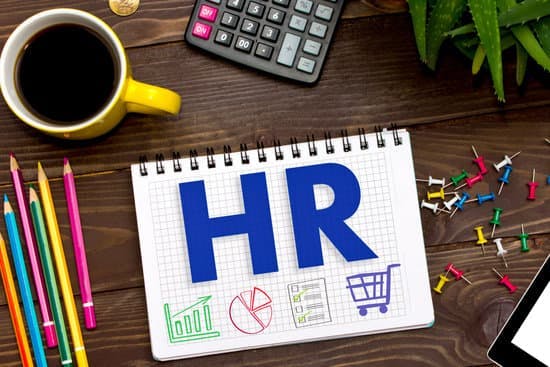Human Resource policies are formal rules and guidelines that dictate how certain issues, including employee rights and duties, should be addressed in the workplace. Such policies help companies recruit, educate, assess, and compensate their staff members.
Policies and procedures are designed to influence and assess all major decisions and actions, and all operations are carried out within their limits. Failing to implement policies and procedures is wasting time, money, effort and other resources.
Types of policies
Recruitment and Selection Policy
Advertisment
This policy covers on internal recruitment, advertising and job posting, interviewing, psychometric testing, reference checks, contracts of employment, induction, recruitment, and probation period.
Promotion Policy
This policy should cover in detail the promotion criteria. It should answer the questions: Who is entitled to promotion? What is the process followed up to promotion? What is the communication process for all promotion(s)?
Termination of Employment Policy
The policy would include in-depth the time of notification, resignation, withdrawal, firing, death, medical termination, retrenchment, contract termination, departure meetings, reference letters and return of company property.
Training and Development
This type of policy will cover the organization`s training and development practices and policies . It should include training and development procedures, student connexion and accepted research scheme.
Conditions of Service
This covers on working hour, annual leave, study leave, unpaid leave, holiday leave, public holiday, encashment of leave, overtime and special leave.
Safety, Health and Environment Policy
This type of policy should cover in-depth the company practises and strategies on security, health and environment.
Remuneration and Benefits
This should include in-depth remuneration plans i.e. general, pay control, annual bonus, income and obligation compensation, revenue, car loan, company vehicle, designated space, funeral aid, housing reimbursement, travel per diem, medical assistance, pension scheme and NSSA.
Performance Management
This type of policy includes detailed policies on performance contracts and performance standards, recourse in case of poor performance, rules on performance incentives.
Standards of Conduct:
This will discuss the organization's standards of conduct. This type of policy will outline guidelines on general standards of conduct of interest, and public contact, fashion standards, privacy, copyright, and use of company facilities.
General Policies
This should give detail on other general policies and procedures at the organization, such as payroll documentation, and personnel records.
So when designing an HR policy, there are few things you need to consider first:
1. Identify the policy need
Employers may see the need to design policy when
- The organization's legal protection is required.
- State laws and regulations need to be complied with
- Consistent criteria and guidelines need to be developed.
2. Determine the substance of policies
When companies create new strategies, they should be careful to avoid wording conveying rigid rules that in all cases must be implemented exactly as written. Flexibility should be incorporated into the wording and it should eliminate promises that could be interpreted as a contract. The following are the typical components of the policy
- Purpose statement
- Specifications section
- Implementation section
- Effective date
- Glossary
3. Get support from stakeholders
Such interaction should include why the policy is required, discuss the effect of the policy on the area of the stakeholder and answer any possible thoughts or suggestions that may come from the stakeholders.
4. Communication with employees
Employers can identify the best approach to employee policy based on nature, sensitivity, and ease of understanding the policy. Employers also need to give clear reasons why there is a need for HR policies to their employees and why they should be implemented. Employers should include a method of communication that encourages workers to ask questions about the rule. The protocol will consist of a declaration of approval showing the acceptance and appreciation of the new policy by the worker along with the policy's effective date. The policy should include space for the signature and date of the employee.
5. Update and Revise the policy
Policies should be reviewed on a regular basis to ensure they continue to comply with federal and state laws and the needs of the organization.
However, the policies must be written in compliance with relevant employment laws. This can be more complicated for multistate employers because it is critical to ensure that policies do not oppose more than one set of state employment laws. Hence, all policies should be reviewed by experienced legal counsel before communicating the policy to employees.
Keithley Tongai is a Consultant intern at Industrial Psychology Consultants (Pvt) Ltd, a business management and human resources consulting firm.
